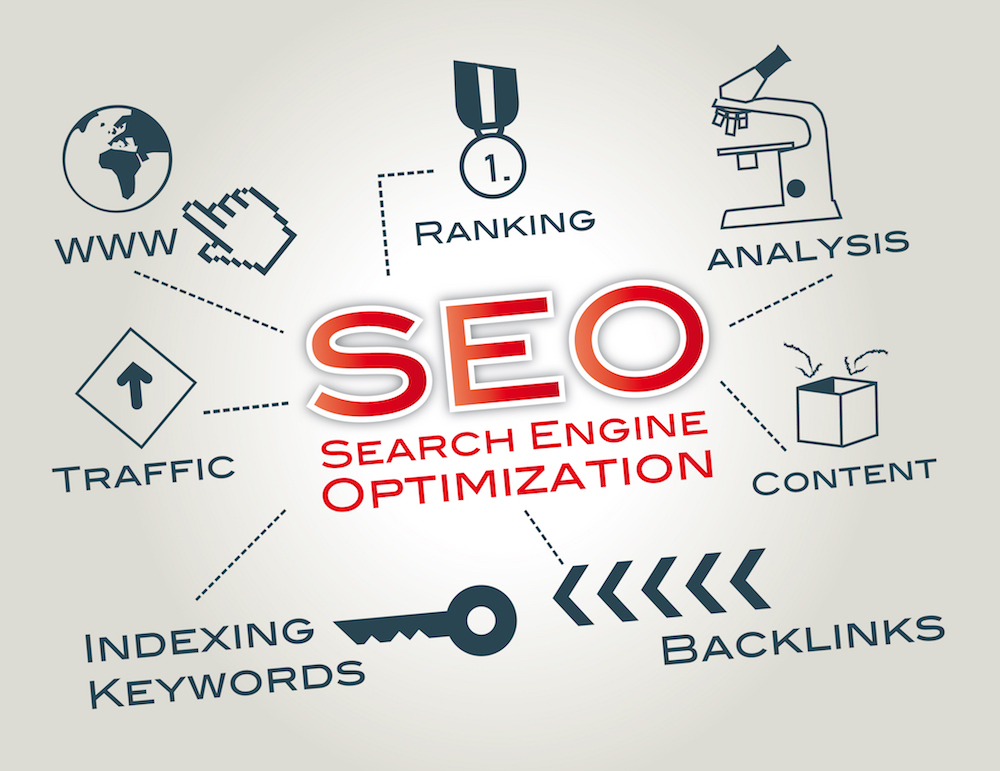Almost 90% of B2B audiences use search engines to find content

Optimising content for search engines is a crucial process for B2B brands, as 87% of their audiences say they find relevant articles, blogs and news using Google, Bing and other leading search platforms.
That is the primary takeaway from a new study released by Clutch earlier this week. Content has long been seen a prime outlet for B2B enterprises to push thought leadership pieces and engaging prose, but the findings suggest SEO services are particularly important for amplifying the power of these messages and ensuring they are visible to the right people, at the right time.
The study noted that search engines can support a sort of snowball effect, as featuring on the first page of Google listings can then lead to more people clicking through to a corporate website and then making a purchase of a product or service or developing a lucrative relationship with a client.
“SEO remains an important way for B2B audiences to find content,” Content Marketing Institute, vice president, Kim Moustos said. “Don’t forget, though, that it involves optimizing content not just for search engines, but also for the people behind the queries.”
In 2018, optimising for search is very much centred around serving up content that provides value to the end user rather than merely checking boxes in the hope of it performing well in SERPs. However, search is just one aspect of the content mix, as 85% said they find business content via social media.
An additional 75% said they go to a company’s website for this content. How well a B2B brand can link these channels and put its content front and centre will play a major role in the success of digital marketing efforts.
“We produce a wide range of content, whether it be social media or content for our own website,” Digital Third Coast digital marketing manager, Mike Theodore said. “The goal is to drive organic traffic to our company and our service offerings, to be seen and heard as industry leaders, and to build a level of credibility with prospective employees, clients, and strategic partners.”
Blogs or articles are the most popular content formats for B2B audiences, but the study found that a broad, diverse content portfolio is best in today’s multi-device, multi-platform world. In terms of topics, tech leads the consumption stakes, ahead of small business and workplace/personnel.
Content consumption habits are also centred around the sale funnel and what an end user needs at a specific point in time. For example, during the awareness phase, almost half read blogs and articles, while product descriptions are more popular for those in the interest stage.
Theodore added: “We’re very conscious of the content we produce for our clients based on their different stages of purchasing. We’re always conscious to write to the best ‘persona.’” The good news continues for B2B brands, as audiences now engage with at least one piece of content every week, though Theodore believes the actual numbers could be even higher.

